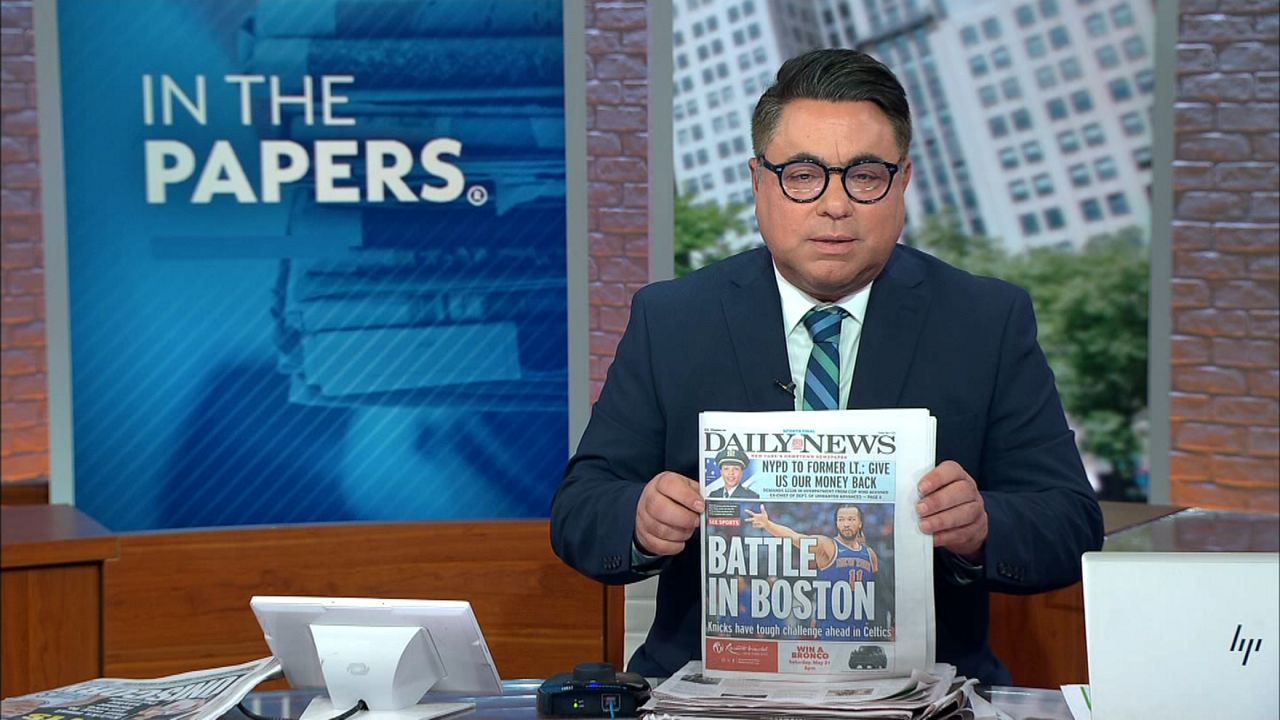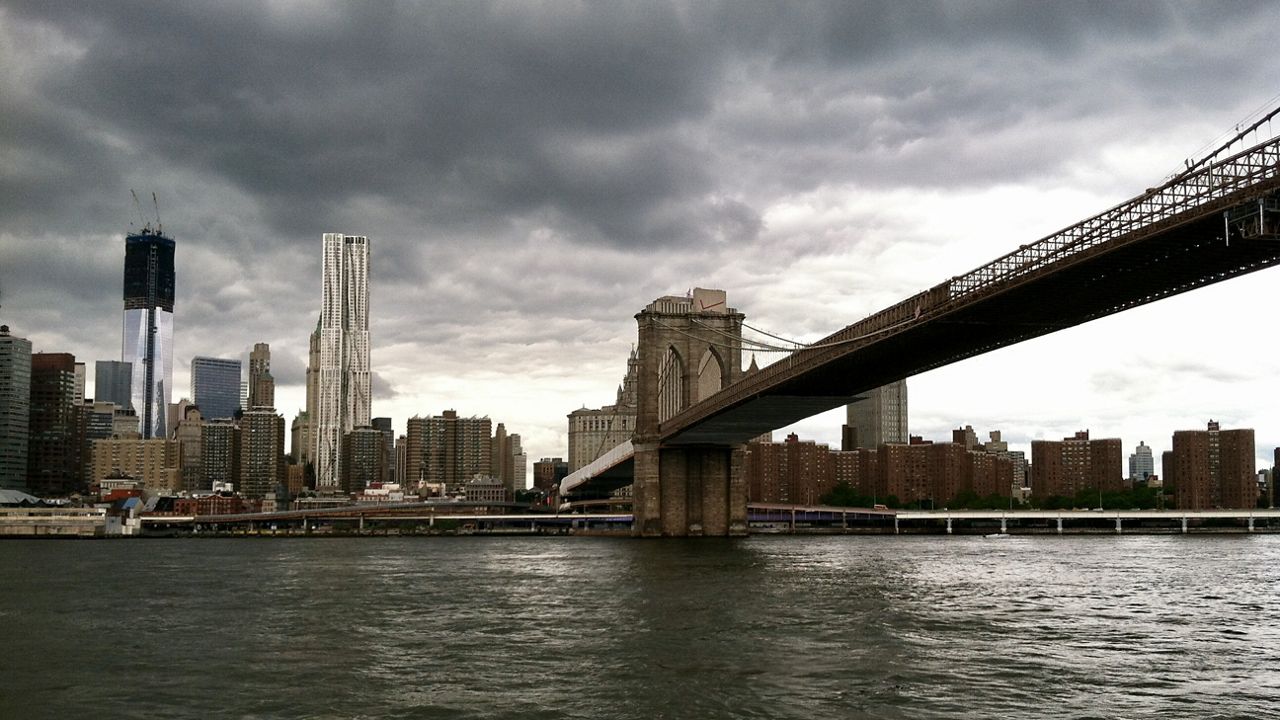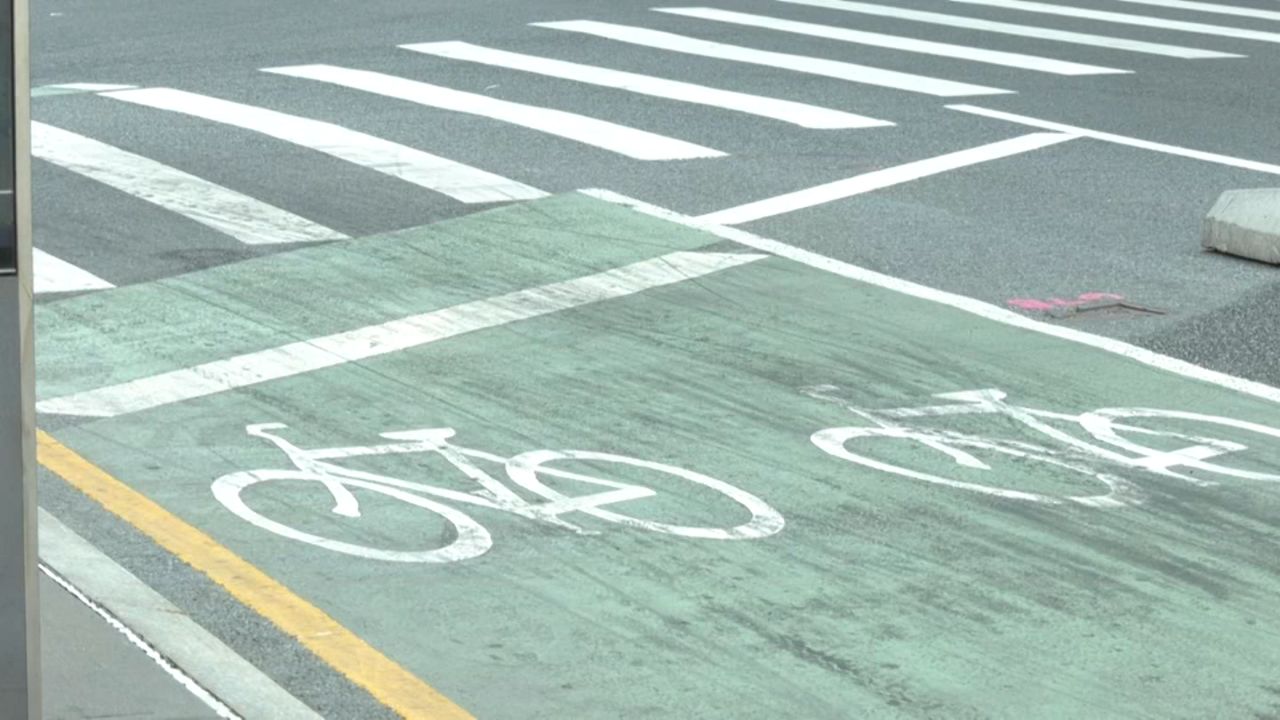For nearly a decade, riders on the 7 line have endured frequent weekend service interruptions in Manhattan and Queens so the MTA could upgrade its signal system. That's about to change.
The MTA now says the signal work will be completed by the end of November. That will allow 14 additional round trips every day, easing overcrowding during rush hours.
Officials said the additional service will come online in April, just in time to handle a surge of riders when the MTA shuts down the L line between Manhattan and Brooklyn for 15 months of tunnel repairs.
Another influx will come when Amazon locates 25,000 jobs in Long Island City, at a site two blocks from Court Square, which is served by the 7, E, G and M lines.
Announcing the Amazon deal Tuesday, Mayor Bill de Blasio acknowledged even more transportation upgrades will be needed in the community.
"We have to look at every conceivable way to improve and increase the amount of mass transit available to people in Long Island City," de Blasio said.
The mayor also said that options include adding a Long Island Rail Road stop in Long Island City, and shuttle bus service to and from the NYC ferries that stop there.
Transit officials said the 7's signal upgrade will improve the reliability of a line that already was one of the best-performing in the subway.
"I've always said, '[with] new signaling, the pain is worth the gain,'" said Andy Byford, president of New York City Transit. "And certainly, when we get much more reliable service and, in the future, much more service, people, I think, will be glad that we undertook this work."
The $588 million shift to what's known as Communications-Based Train Control began in 2010 and has been plagued by cost overruns and delays. The upgrade was supposed to be completed two-and-a-half years ago.
"Had we had the luxury of shutting the subway for a protracted period, a couple of years, we could have done it much more quickly,” Byford said. "But at the end of the day, the good news is, we're nearly there."
And with the work on the 7 now almost out of the way, the MTA will focus on signaling the section of the E, F, M and R lines that run beneath Queens Boulevard.









